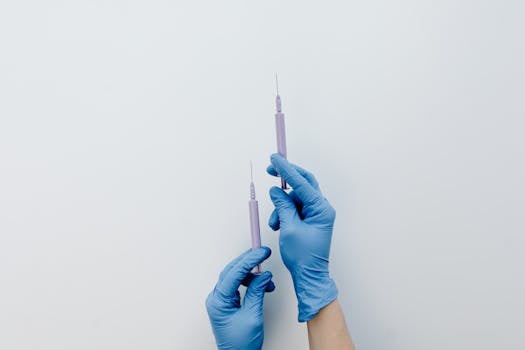
Introduction to Vaccines

Vaccination is one of the most effective public health measures in history, saving millions of lives each year. The process involves the introduction of a harmless part or a weakened form of a pathogen into the body, prompting the immune system to respond and create immunity. Understanding the science behind this process is crucial in combating misinformation and fostering a healthier community.
The Immune Response Explained

The immune system is the body’s defense against infectious organisms and other invaders. When a pathogen enters the body, it triggers an immune response. This response is characterized by two types: the innate immune response and the adaptive immune response.
The innate response occurs immediately and includes barriers like the skin, as well as immune cells that act against pathogens. However, it is the adaptive immune response, which includes the activation of lymphocytes, that Vaccines specifically target.
A common outcome of the immune process after vaccination is that a signal is sent to produce antibodies specific to the pathogen, equipping the body to recognize and attack the actual pathogen should it invade the body in the future.
Types of Vaccines

There are several categories of vaccines:
- Live-attenuated vaccines: These contain a reduced form of the live pathogen that is still capable of stimulating a strong immune response without causing the disease.
- Inactivated vaccines: These consist of viruses or bacteria that have been killed or inactivated, thus unable to reproduce but still capable of eliciting an immune response.
- Subunit, recombinant, polysaccharide, and conjugate vaccines: These include pieces of the pathogen, such as protein or sugar molecules, which are used to stimulate a response.
- mRNA vaccines: A new technology that teaches cells how to produce a protein that will trigger an immune response without using live pathogens.
Benefits of Vaccination

Vaccinations have significant health benefits; they not only protect the individuals vaccinated but also promote herd immunity. When a large portion of the community is vaccinated, diseases can be eradicated. In some cases, such as smallpox, an entire disease has been eliminated.
Moreover, vaccinations can prevent related complications, diseases, and even death. For example, the HPV vaccine can prevent cancers caused by the human papillomavirus, while the influenza vaccine decreases the risk of pneumonia and other complications during transmission.
Addressing Vaccine Hesitancy

Despite the clear benefits, vaccine hesitancy persists. Reasons often include fears of side effects, mistrust in pharmaceutical companies, and challenging misinformation spread across social networks. It is critical for health professionals to provide scientifically accurate information about vaccines to dispel myths and encourage public confidence.
Educational initiatives that clearly explain vaccine science, safety, and importance can effectively counteract skepticism and reinforce trust in healthcare systems.
Conclusion

Understanding the science behind vaccines and immunization is essential for safeguarding public health. Through continued education and transparent communication, we can build a healthier society and navigate toward the common goal of disease prevention and health promotion. It is crucial that communities support vaccination efforts and lean towards science-based knowledge as we face new challenges in global health.





